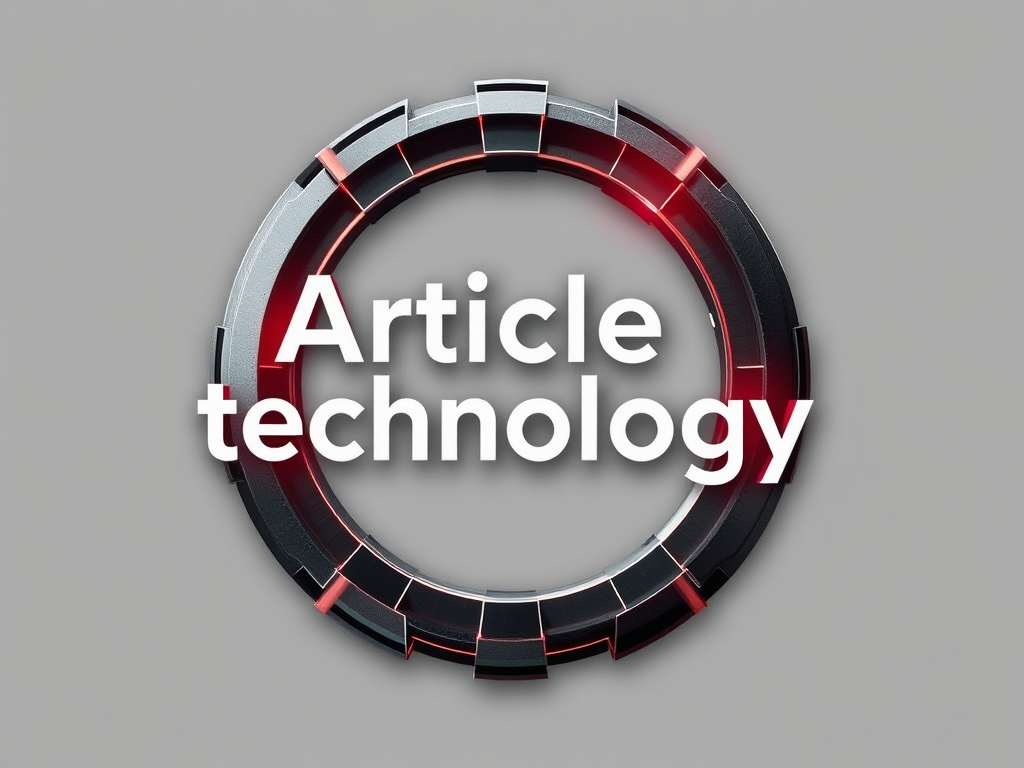Choosing the right PLM software transforms how businesses manage product development from concept to retirement. By integrating data, workflows, and collaboration across teams, these tools boost efficiency, reduce errors, and speed time to market. Understanding core features and benefits helps organizations select solutions that align with their unique needs and support continuous innovation in a rapidly evolving landscape.
Essential Information About PLM Software: Definitions, Benefits, and Core Features
Product Lifecycle Management (PLM) is a strategic approach that oversees a product’s journey from the initial concept through design, production, service, and retirement. By synchronizing every phase—ideation, prototyping, manufacturing, support, and end-of-life—PLM ensures all relevant data and processes are unified for better decision-making and innovation. Click to discover more details.
Also to see : Exploring the uk’s cutting-edge breakthroughs in artificial intelligence applications
Key benefits of PLM include improved efficiency, as it breaks down information silos and automates tasks, leading to quicker turnaround times. It enhances collaboration by connecting distributed teams via secure, real-time data sharing. Just as important, PLM maintains product data integrity, so all stakeholders trust that they are working with up-to-date, verified information—vital for compliance, quality, and effective project delivery.
At its core, PLM software provides robust document and data management—from CAD models to bills of materials and compliance records. Advanced workflow automation eliminates repetitive manual steps and flags engineering changes or quality issues early. Product lifecycle analytics empower companies with real-time performance feedback, customer data, and market-driven insights. Secure digital collaboration tools allow effortless teamwork across locations and disciplines, streamlining every aspect of product and process management.
Also read : Strengthening cybersecurity: discover the uk’s advanced strategies for safeguarding the high-tech sector
How PLM Software Enhances Product Development and Business Operations
Streamlining Product Development with Integrated Workflows
How PLM improves product development is demonstrated by seamless integration of design, engineering, and manufacturing functions. PLM workflow and process management connect every stage, using digital thread integration for transparent information sharing. By standardizing lifecycle process automation, organizations experience fewer miscommunications and reduce manual errors. PLM for engineering teams fosters efficient real-time collaboration, even across global or remote divisions, ensuring everyone works with the most current data. When cloud-based lifecycle management software is adopted, multi-site access becomes easy, making product lifecycle management more agile in evolving markets.
Automating Lifecycle Processes and Ensuring Compliance
Lifecycle process automation through PLM reduces the burden of repetitive, manual tasks. By automating compliance checks and change management, PLM workflow and process management minimize regulatory risks and accelerate delivery. Digital thread integration provides traceability for every product change, essential for audits and quality assurance. Engineering teams benefit from structured oversight, making it simpler to introduce new products and manage modifications over time. With cloud-based lifecycle management software, organizations scale compliance processes efficiently, regardless of business growth.
Supporting Supply Chain Collaboration and Cloud-Enabled Teams
Enhancing supply chain with PLM enables suppliers, manufacturers, and engineering teams to interact through unified, secure platforms. PLM workflow and process management promote faster decision-making and data-driven supply chain responses. Cloud-based lifecycle management software allows distributed teams to communicate instantly, optimizing inventory, manufacturing schedules, and logistics. Digital thread integration keeps all parties informed on product updates, issues, or design changes, strengthening resilience and responsiveness throughout the operation.
Leading PLM Solutions, Industry Use Cases, and Selection Criteria
Top product lifecycle management solutions deliver centralized governance across all phases of a product’s journey. For example, Teamcenter platform features empower businesses with robust integration, version control, and multi-CAD data management—offering traceability and scalability for complex organizations. A thorough plm software comparison highlights that Windchill capabilities overview includes real-time collaboration, configuration management, and Internet of Things (IoT) connectivity. Oracle Agile PLM overview centers on cloud delivery, predictive analytics, and workflow automation, streamlining global product launches. Aras Innovator product lifecycle suite champion flexible modeling and rapid adaptation, addressing both compliance and workflow complexity. Centric software for product lifecycle stands out in fast-moving sectors like apparel by unifying design, sourcing, and go-to-market processes on a single digital thread.
Industry-specific lifecycle solutions adapt to unique needs. Manufacturing, automotive, electronics, and fashion industries each rely on different modules and integrations; manufacturers benefit from Bill of Materials (BOM) automation, while fashion leverages visual workflow management. Enterprise lifecycle management platforms provide transparency, supporting everything from engineering validation to sustainability documentation.
Final selection depends on plm cost considerations and pricing models, integration options, scalability, and vendor support. Evaluating enterprise lifecycle management platforms based on these criteria ensures your chosen solution aligns with both current challenges and future growth.



